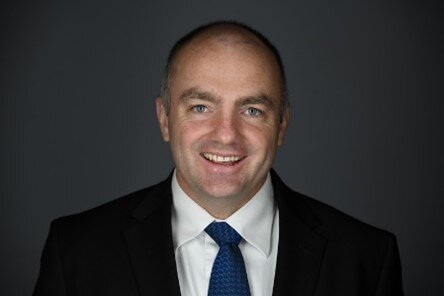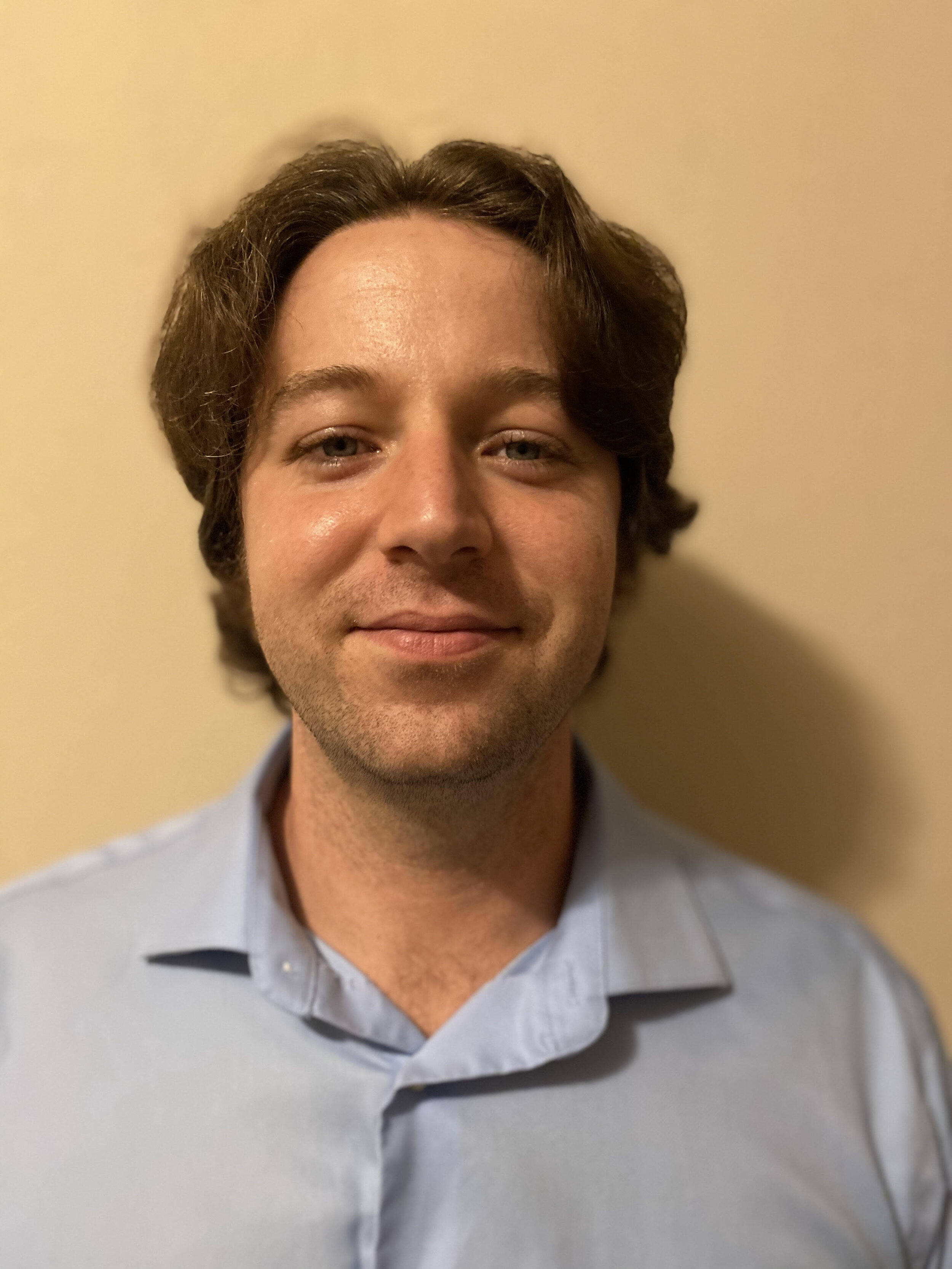MARK LONGMAN, RICHARD BOTTJER, GINNY GENT, and JAMES HAGADORN
Department of Earth Sciences, Denver Museum of Nature & Science
ABSTRACT
Building on the studies of many others and integrating new regional stratigraphic, petrographic, and sedimentologic data we interpret the depositional processes and environments of the mid-Turonian Codell Sandstone across the Denver Basin. Here it is predominantly a thin (<40-ft) succession of highly burrowed coarse siltstone to very fine sandstone. Grain sizes generally coarsen up-section and to the northwest, and are dominated by quartz and chert grains. We hypothesize that these grains were reworked from a major deltaic source in northwestern Wyoming, and transported into the Denver Basin area by waxing and waning south-flowing currents on the nearly flat floor of the Western Interior Seaway, which we call a marine “shelf.” These shelf currents distributed the Codell across an area of more than 100,000 mi2 in eastern Colorado, southeastern Wyoming, western Kansas, and much of Nebraska, where they were further reworked and mixed by a combination of biological and physical processes. Although Codell-equivalent strata extend across parts of Wyoming and the Dakotas, and east to Minnesota, this presentation focuses on the Denver Basin with its many excellent wireline logs and cores.
Factors offering insight into the depositional environments of the Codell include:
1. It is thin (<80 ft; mostly <40 ft) across most of the Denver Basin except in part of the central basin where it has been removed by erosion. Some would call its geometry “blanketlike."
2. Bioturbation is abundant and pervasive in most of the Codell, but decreases toward the northwest where both grain size and inferred current energy during deposition increase.
3. Despite appearing poorly sorted, the Codell consists of homogenous very small grains that are well sorted and mostly of coarse silt to upper very fine sand size (40-100 microns).
4. The apparent poor sorting is due to a “textural inversion” created by bioturbation mixing up to 25% detrital clays, mainly illite-smectite & illite-mica, into the well-sorted silt and sand grains.
5. The sand grains are mineralogically mature with quartz, chert, and some feldspars, but with few rock fragments other than chert and no unstable minerals (e.g., hornblende, augite).
6. Its detrital zircon population is atypical with predominantly “young” 98-93 Ma zircon crystals derived from weathering of units such as the Arrow Creek, Clay Spur, “X,” and other bentonites.
7. It has an anomalously high phosphorous content compared to adjacent strata. The phosphorous is in abraded bone and teeth fragments suggesting a reworked marine vertebrate fauna.
8. Other than sparse oyster and Inoceramus shell fragments, the Codell is remarkably free of calcareous fossils, particularly intact ones, when compared with the adjacent intervals. This complicates its biostratigraphic dating and documenting the duration of its deposition, which we believe to be quite short, probably less than 0.2 Ma (<than the P. hyatti ammonite zone).
Conclusion: The Codell is a reworked shallow marine shelf deposit covering >100,000 mi2.
























